Hair Shedding Vs. Hair Loss: Know The Key Differences
Brush it off or panic? The critical line between normal and not-so-normal hair loss.

Image: Shutterstock
Noticing more hair on your comb every day can be a cause for concern. While shedding 50 to 100 hair strands in a day is normal, anything beyond that may make you wonder if you have hair loss. But how do you tell the difference between hair shedding vs. hair loss? Irrespective of one’s hair length and thickness, everyone may experience these hair conditions (1).
This article explores the difference between these hair conditions, their causes, the signs you must watch out for, and certain tips to counter them. Keep reading.
In This Article
What Is Hair Shedding?
Hair shedding is a normal process and is medically called telogen effluvium (2). An individual sheds 50-100 hairs per day on average, which accounts for less than 1% of our total hair strands (3). The extent to which hair sheds depends on one’s hair thickness and pattern (1).
Hair shedding is often reversible. However, this may not be the case with hair loss. We discuss the differences between the two in the following section.
How Hair Loss Differs From Hair Shedding – A Brief
Hair loss can be due to a variety of reasons:
- Acute (also called anagen effluvium) post medications like chemotherapy
- Autoimmune conditions like alopecia areata
- Slow ongoing and chronic like in cases of PCOS and hyperandrogenism
- Scarring alopecia due to fungal infections or inflammatory diseases in the skin
Hair shedding, on the other hand, occurs in the resting phase (telogen) of the hair growth cycle. It may be caused due to external stressors and can be reversed if the trigger factors are reduced. This may not be the case with hair loss. It most often leads to balding.
A cohort study published in JAMA Dermatology revealed that, between 2016 and 2019, the incidence of alopecia areata in adults and children in the US was 91.46 to 92.90 instances per 100,000 patient-years, while the prevalence rate was 0.199% to 0.222%. The condition was more common in female than male individuals.
In the upcoming sections, we discuss the causes of hair shedding and hair loss, which can shed more light on their differences.
What Causes Excessive Hair Shedding?
Hair shedding is a normal phenomenon often experienced by both men and women. But excessive hair shedding may have the following causes:
- Rapid Weight Loss
Rapid weight loss of 20 lbs or more in a short period may result in excessive hair shedding. Gastric bypass surgery or other methods of rapid weight loss may result in hair shedding within 3-6 months. Nutritional deficiencies may also impact the growth stage of the hair cycle (3).
- Postpartum Hair Fall
Postpartum hair fall
is thought to be associated with the psychological/physiological stress a woman undergoes after childbirth. However, more research is warranted to further understand this condition (4).
- Stress
Anxiety and stress can inhibit hair growth and also cause hair damage (5).
- Chemical Processing Of Hair
Using harsh hair products may cause temporary hair shedding. Sometimes, the high levels of peroxide and ammonia in the hair dyes can damage hair proteins and lead to hair shedding. Such chemicals also may cause scalp inflammation.
- Seasonal Changes
The telogen phase (resting phase) is more pronounced in summers and reduces in late winters (6).
- Excess Hair Styling
Heat styling tools like dryers, wands, and straighteners may also cause hair shedding. These tools can dry out the hair shaft. Using a tight hairband can pull your hair at the roots and lead to shedding.
What Causes Hair Loss?
Patches on your head with visibly thinner hair than normal or bald spots may mean hair loss.
- Heredity
Hair loss is also called male- or female-pattern baldness. It usually runs in the family. One may experience it if they have inherited the genes that cause their hair follicles to shrink. Hair loss in women is characterized by the overall thinning of scalp hair, while in men, it manifests as a receding hairline or a bald spot at the top of the head. However, many other factors besides heredity contribute to hair loss in women, such as hormonal imbalance, postpartum, and menopause. Knowing these factors helps you find the proper treatment for hair loss.
- Age
Most people show slow hair growth and hair loss with age due to decreased hair protein synthesis.
- Overreaction Of The Immune System
Overreaction of the immune system results in hair loss, medically known as alopecia areata. It is an autoimmune disorder characterized by non-scarring hair loss. It affects nearly 2% of the population during their lifetime (7).
- Hormonal Imbalances
Hormonal imbalances increase the sensitivity of hair follicles, weaken the hair roots, and cause hair loss. Such hair loss is medically termed as androgenic alopecia and may affect both men and women. Dihydrotestosterone (DHT) is the major cause of male- and female-pattern baldness. Abnormal hormonal changes decrease the duration of anagen and increase the percentage of hair follicles in the telogen phase, resulting in hair loss (8).
- Scalp Infections
Fungal or bacterial scalp infections can result in seborrheic dermatitis, which can weaken the hair roots and damage hair follicles.
- Medical Treatments And Medications
Certain medical treatments, like chemotherapy or surgery, often lead to hair loss (9). Medications for thyroid, anxiety, stress, endocrinal (hormonal) disorders, and epilepsy may also lead to hair loss (10).
The following section will help you determine your type of hair loss. Check it out!
Types Of Hair Loss
Identifying the specific type of hair loss you are experiencing is essential for implementing targeted treatments and managing the condition effectively. Here are some of the most common types of hair loss:
- Androgenetic Alopecia (Male and Female Pattern Baldness): Gradual hair thinning influenced by genetics, hormonal changes, and age.
- Telogen Effluvium: Sudden shedding triggered by stress, illness, or hormonal shifts that affects the hair growth cycle.
- Alopecia Areata: Autoimmune condition where the immune system attacks hair follicles, causing bald patches.
- Traction Alopecia: Hair loss due to tight hairstyles that cause stress to the hair shafts, commonly around the hairline.
- Postpartum Hair Loss: Hormonal fluctuations after pregnancy leading to temporary hair loss.
Have you been experiencing hair fall lately? Is it normal, or does it warrant medical intervention? A couple of simple tests can help you determine the same.
How To Check If Your Hair Fall Is Normal
- Pull Test: Take hold of about 60 hair strands and gently tug them away from your scalp. If you could pull out more than 10% of the hairs, you may have active hair shedding (11). Ensure you do not shampoo at least a day before the pull test.
- Comb Test: Before shampooing, comb your hair for 60 seconds over a light-colored pillow or bed sheet. Count the number of hairs in the comb and on the pillow. If you see 15 or more hair strands, you are experiencing severe hair fall.
Let us briefly look into the hair growth cycle in the following section.
The Hair Growth Cycle
Hair growth (and hair loss) naturally happens in 4 phases (12).
- Anagen (Growing Phase): This is an active phase where the hair fiber grows and increases in length. This stage lasts for about 2-7 years, based on one’s lifestyle.
- Catagen (Transition Phase): This phase lasts for a few weeks, where the hair follicle shrinks and gets detached from the root.
- Telogen (Resting Phase): The hair follicle is dormant, and hair growth does not happen. About 10% to 15% of your hairs are in this phase for at least 3 months.
- Exogen (New Hair Phase): The old hair sheds and new hair continues to grow. This is where your hair sheds when you comb. This phase lasts for 3 months.
Hair fall (hair shedding or hair loss) is a common problem. The following section discusses certain tips that may help combat this issue.
Tips To Counter Excessive Hair Shedding Or Loss
- Find out the root causes. Check with a dermatologist/trichologist whether it is just hair shedding or a severe case of hair loss. This is the most effective way with the highest possible chances of finding a perfect solution to your problem.
- To stop hair fall, understanding the underlying issues is crucial. Many natural remedies are available to stop hair fall that you can check out for effective results. However, doctor intervention is crucial.
- Do not stress or panic. Destress yourself by practicing yoga or meditation.
- Take vitamin supplements. Biotin may help with hair growth, but not all will benefit by it. A detailed blood work up is crucial to decide which supplements you really need (13).
- Use natural oils and organic ingredients to nourish your hair.
- Eat healthy to nourish your hair follicles from within.
 Pro Tip
Pro TipIt is critical to understand the difference between hair shedding and hair loss so that you can take the appropriate measures to fight it. Hair shedding is a normal process where we lose 50 to 100 strands of hair daily, while hair loss may lead to androgenic alopecia. While factors such as rapid weight loss and stress influence hair shedding, genetics and medical conditions lead to hair loss. Eat a healthy diet and use hair oils to nourish your hair. If you are experiencing severe hair loss, consult your dermatologist.
Frequently Asked Questions
Is shedding hair good?
Yes, hair shedding is a normal and important part of the hair growth cycle. But if you are shedding more than 150 strands every day, you may be experiencing hair loss.
How long does the hair shedding last after Covid?
AAD claims that most individuals see noticeable hair shedding in the 2 to 3 months following a fever or sickness. When you brush or shower, a lot of hair may fall out. This hair shedding can last for 6 to 9 months. Most people then notice that their hair stops shedding and begins to look normal again (14).
Key Takeaways
- Hair shedding is a natural process that involves the loss of old hair due to stress or rapid weight loss. On an average, about 50 to 100 hair strands shed every day.
- Hair loss involves a noticeable decrease in hair density over time due to hormonal imbalances, heredity, age, and scalp infections.
- Practicing a good hair care routine, identifying the causes, taking vitamin supplements, and eating healthy may help combat these issues.
Read full bio of Dr. Sonam Jeswani Ramrakhiani
Read full bio of Anjali Sayee
Read full bio of Eshna Das
Read full bio of Swathi E






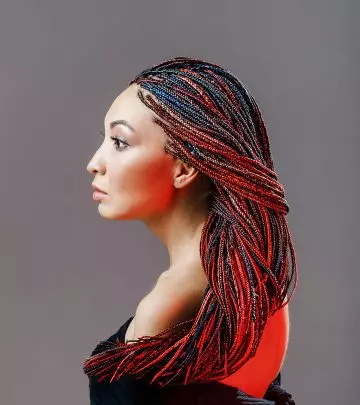
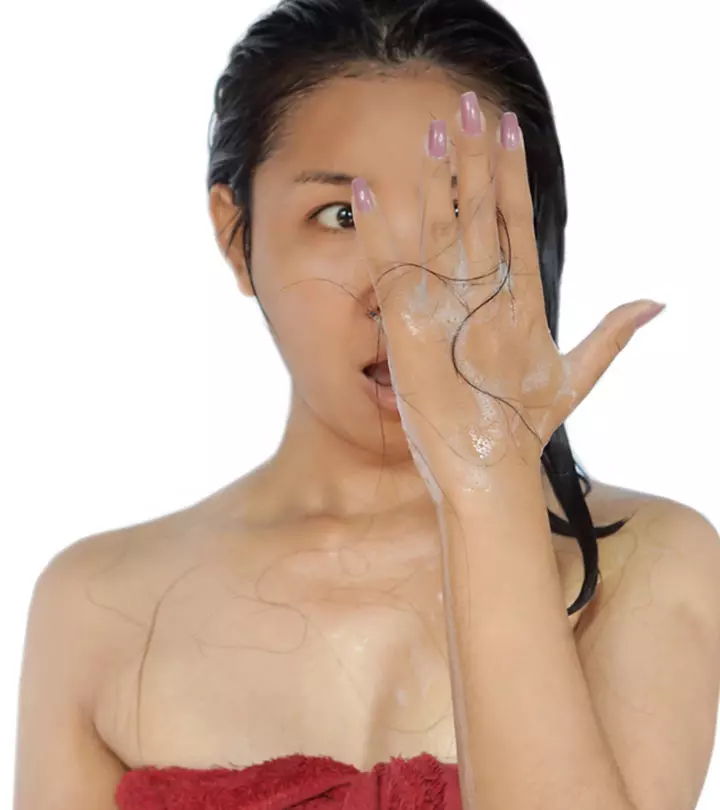
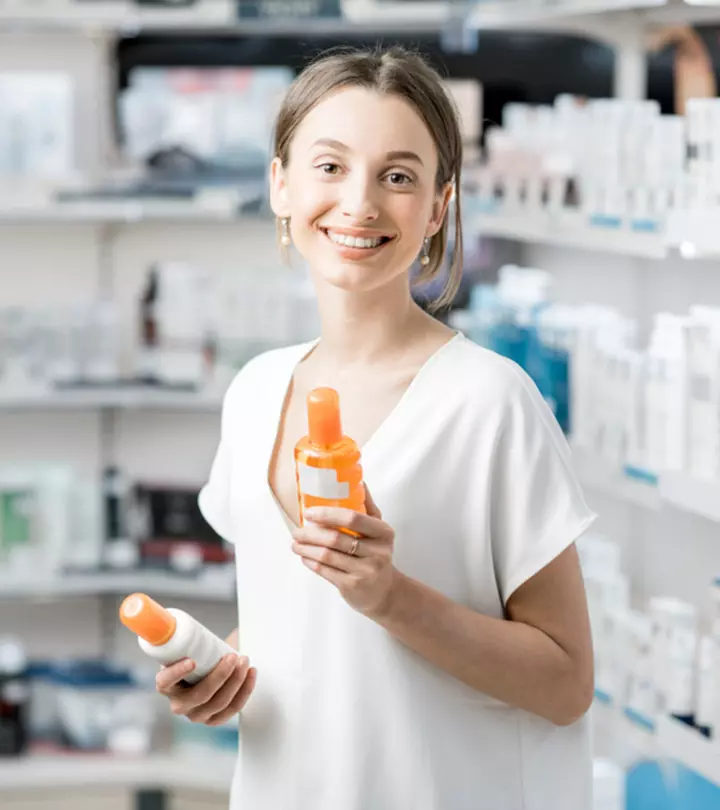

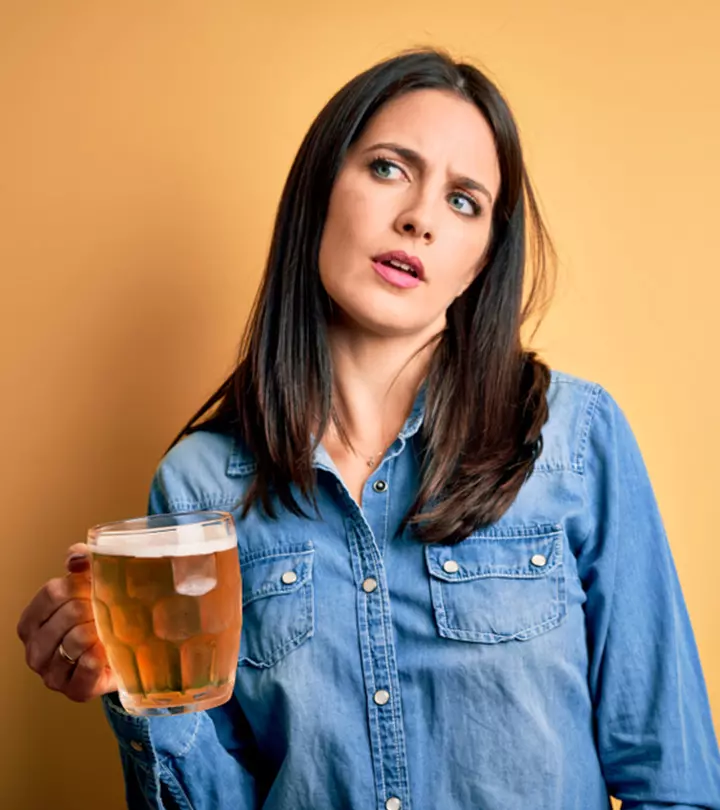

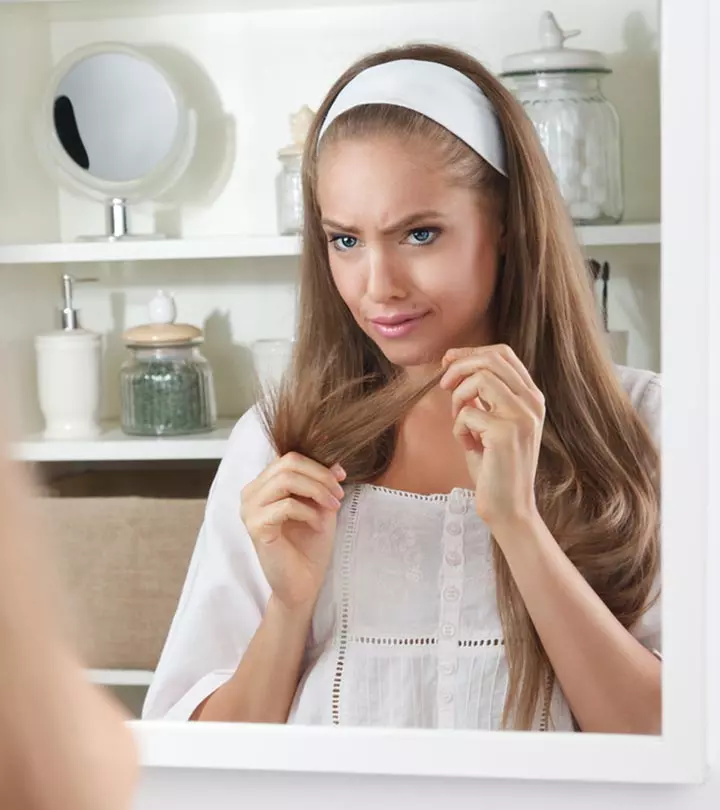


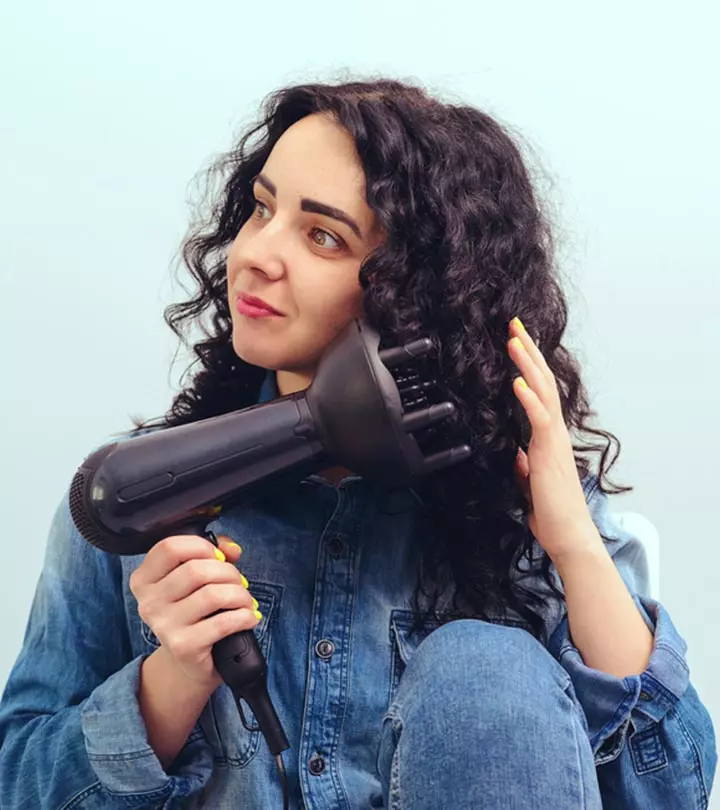
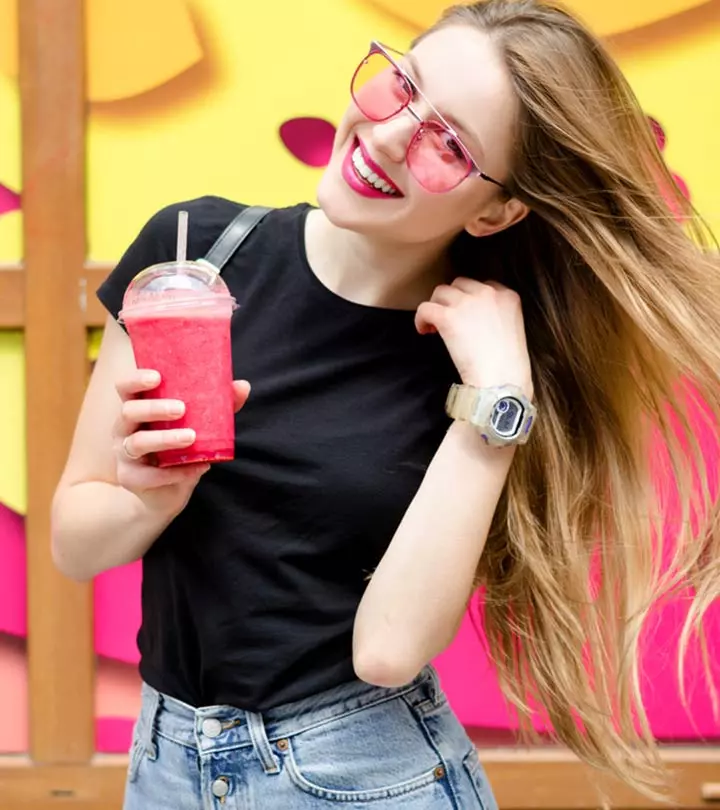


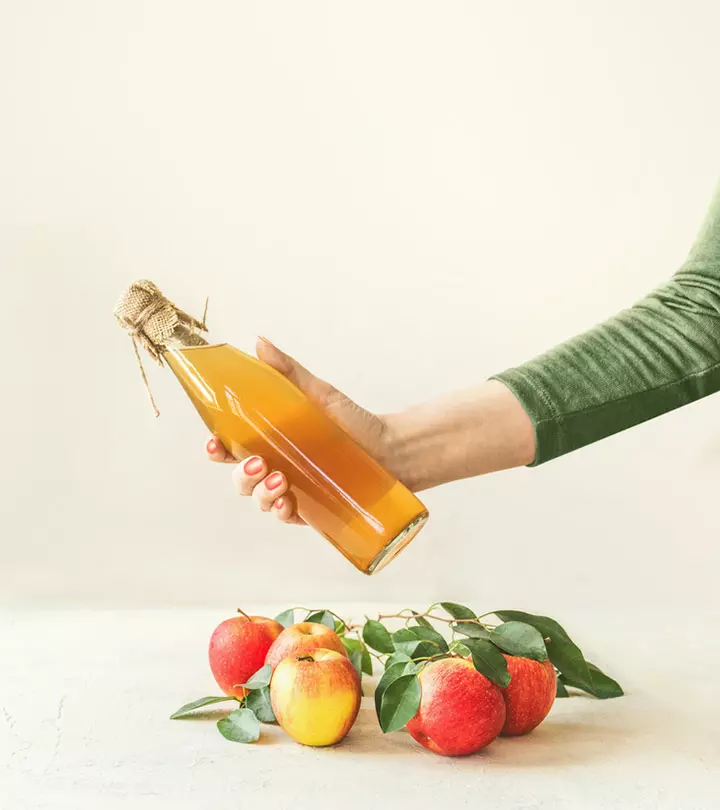




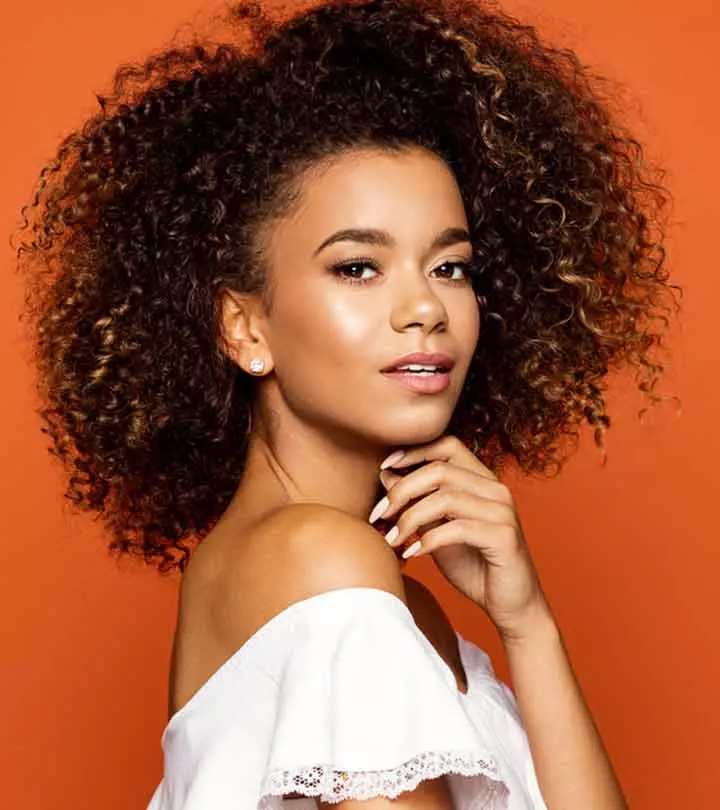

Community Experiences
Join the conversation and become a part of our empowering community! Share your stories, experiences, and insights to connect with other beauty, lifestyle, and health enthusiasts.